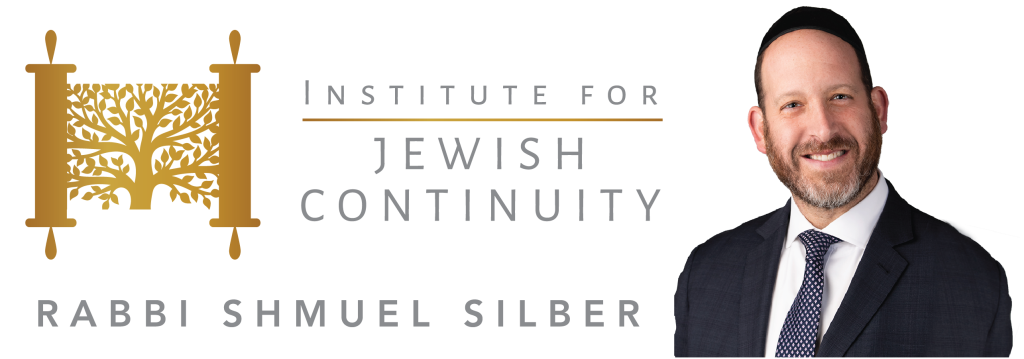The effort had yielded a magnificent result. The combined efforts of Klal Yisroel were manifest in the Mishkan, the incredible utensils, and the beautiful priestly garments. Men, women, skilled artisans, and simple laborers worked together to build a home for God and the Jewish nation. Moshe was given the privilege to oversee the “finishing touches.”
He took and placed the testimony into the ark, put the poles upon the ark, and placed the ark cover on the ark from above (Exodus 40:20).
The Aron (ark) which represented the throne of God contained the “testimony”, the luchos (tablets) brought down by Moshe with the word of God inscribed upon them. The Targum Yonason (Yonasan ben Uziel) adds an additional insight: “V’tavrei luchaya ba’arona, the broken tablets were placed inside the ark.” Not only were the whole (second set) tablets placed inside the Aron, the first (broken) set of tablets were placed inside the Aron as well.
But why not state this explicitly? The Torah goes into such detail regarding every last cubit of the Mishkan, no detail is spared, why omit this one? After all, the Talmud and Midrash spend much time speaking about the holiness of the first set of tablets. “Had the first tablets not been smashed, Torah would have never been forgotten.” “The first tablets were written by the hand of God.” And many other statements speaking to the holiness and awesomeness of the first tablets. Why doesn’t the verse tell us that they were placed in the ark alongside the whole set of (second) tablets?
The Ibn Ezra (1089-1157) makes an amazing statement. “The second set of tablets were superior to the first.” He then goes on to enumerate seven ways in which the second luchos were superior. Perhaps, the Ibn Ezra with this simple statement was teaching us a profound concept. The second luchos were superior – because they are what we had. In life, one can focus on what could have, should have and would have been, or one can focus on what is. One can lament missed opportunities, major mistakes, and
It is true the first set of luchos were incredible – but the second luchos were even better – because they are the luchos we had. The Torah does not mention the first luchos as Hashem did not want us focusing on them. The Torah only makes mention of the second luchos as they were what we had and where we had to put our energy and thoughts.
We each carry around the broken tablets of missed opportunities, unrealized goals, and shattered dreams. We must keep them in our personal ark so that we can learn and grow from them, but they must be pushed to the side of the ark. The ark’s primary space must be occupied by the whole tablets of our present, and it is those tablets that we must focus on and build from.
Sourcesheet

